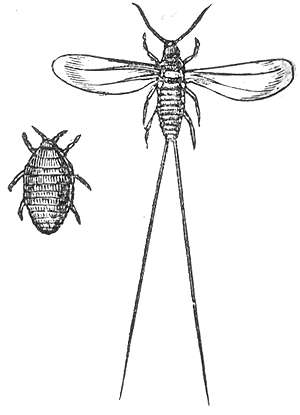Facts About Cochineal
The cochineal insect is a small scale insect native to the tropical and subtropical regions of the Americas. These insects predominantly inhabit cacti from the Opuntia genus. They are particularly notable due to their production of carminic acid, which is extracted to make carmine dye—a natural red pigment used extensively in food and cosmetics.
Cochineal dye has a rich history. Indigenous peoples in North and Central America have used it for centuries. Its value skyrocketed during the colonial period, particularly in Mexico, where it became a major export. However, the introduction of synthetic dyes in the 19th century led to a decline in demand. Interestingly, recent concerns over artificial food additives have rekindled interest in cochineal dyes.
The term "cochineal" is derived from Latin. Historically, cochineal dye was extensively traded between Europe and the Americas. The biology of these insects is quite fascinating—they feed on cacti and have a distinctive reproductive process. Cultivating cochineal involves both traditional and controlled methods, with the insects being harvested specifically for dye production. Unfortunately, various natural predators can affect cochineal populations, making pest control essential in cultivation areas.
Producing cochineal dye involves extracting carminic acid from the insects to create carmine dye, which is used to color a wide range of products. Historically, it was predominantly used in textiles, especially on wool. Today, carmine remains popular in food coloring, cosmetics, and even pharmaceuticals. However, there are specific regulations regarding its use due to potential allergic reactions in some individuals. While the dye is generally stable and effective, alternatives are available for those with allergies or dietary restrictions.
